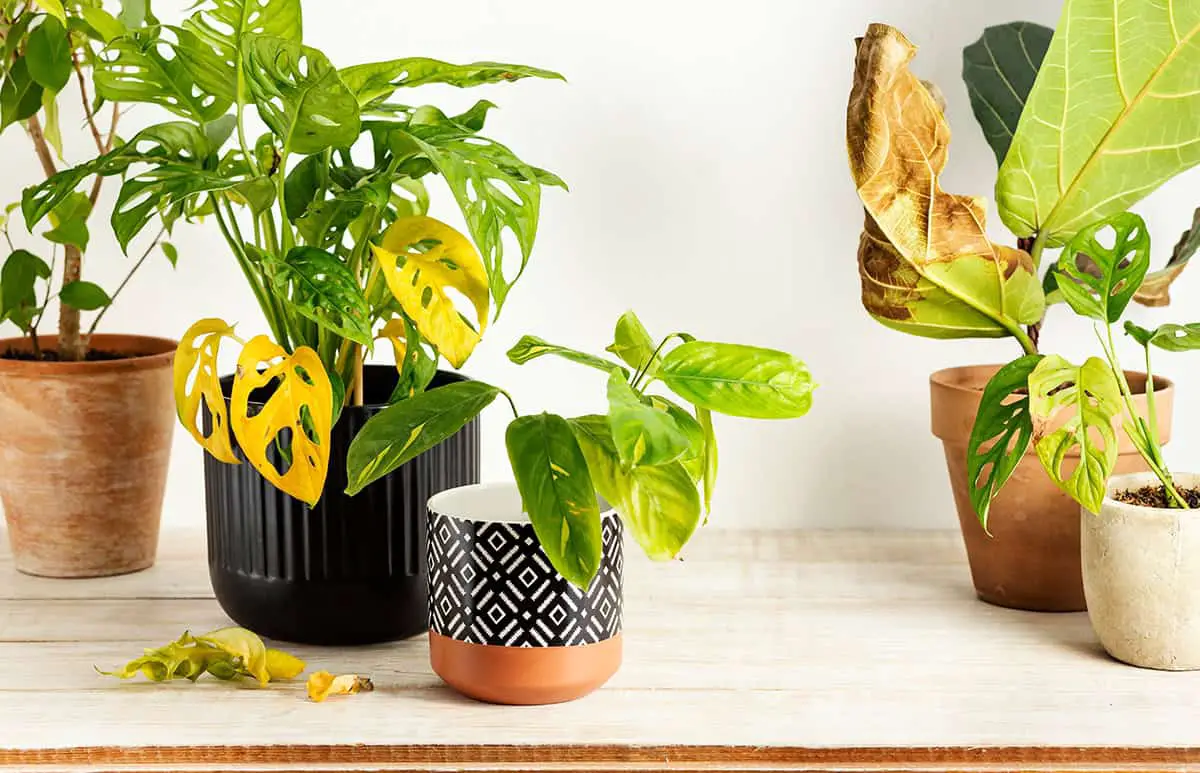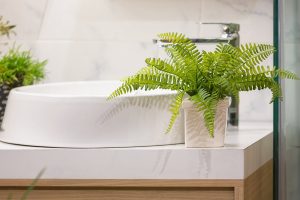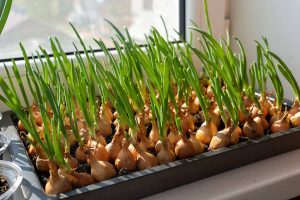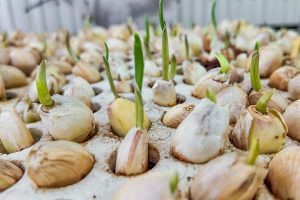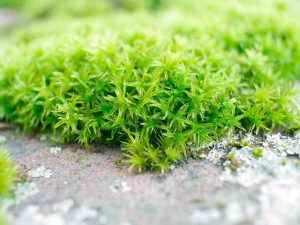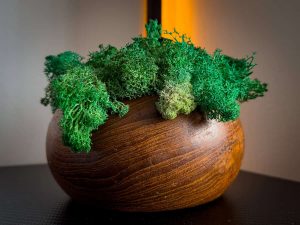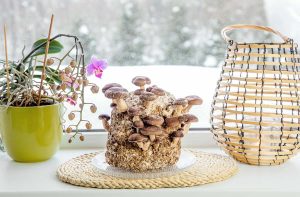You glance at your favorite houseplant and notice the tips of its leaves turning brown. It’s frustrating and worrisome, especially when you’ve been diligently caring for it. Here, we’ll uncover the common reasons and effective solutions to bring your plants back to their healthy, vibrant selves.
Table of Contents
What Are Brown Tips on Leaves?
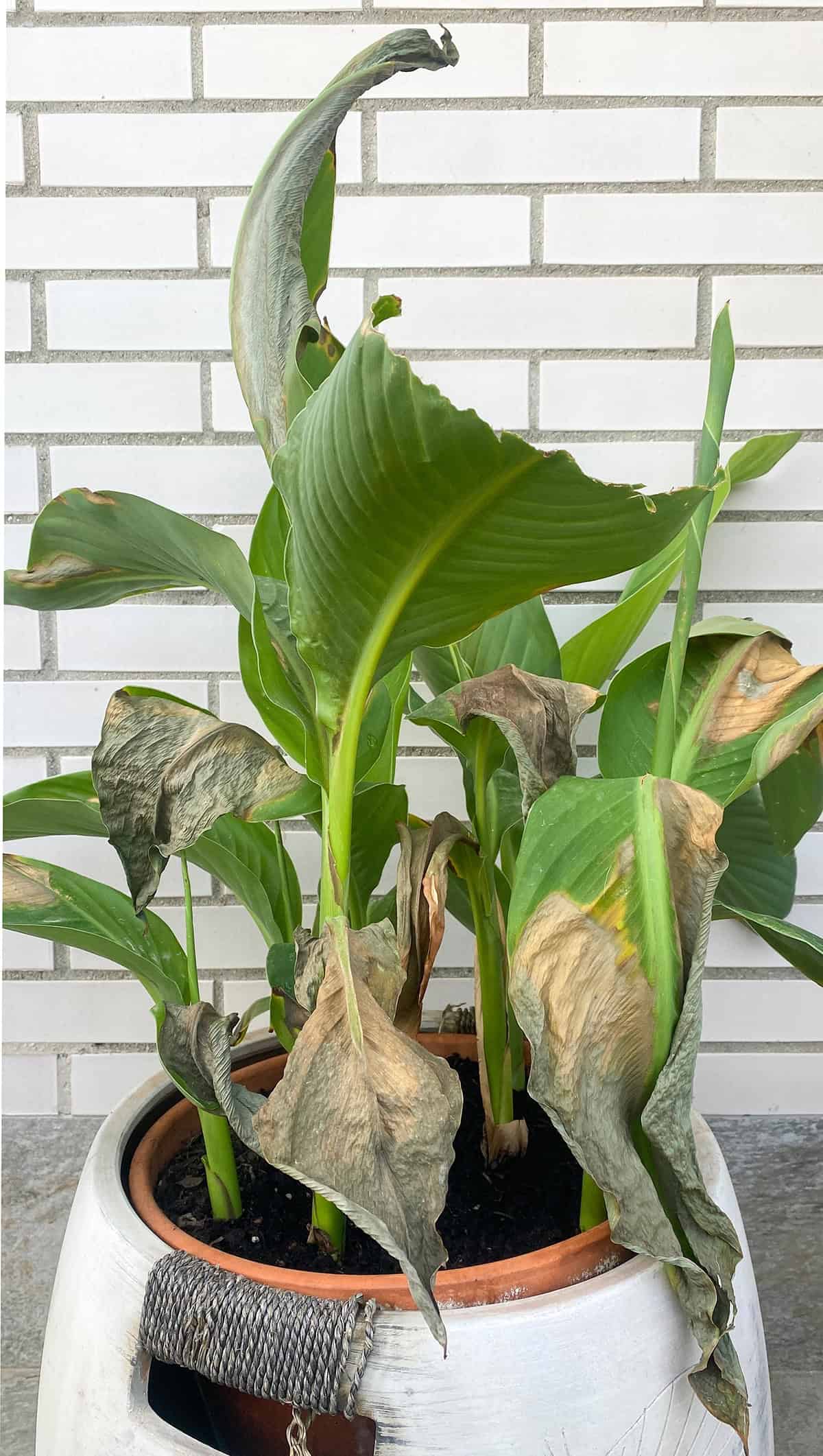
Brown tips on leaves refer to the discoloration and dying of the edges of a plant’s leaves. This condition often results in the tips turning brown and crispy, while the rest of the leaf may remain green and healthy.
It’s a visible symptom indicating that the plant is experiencing some stress or imbalance in its care or environment.
Common Causes for Brown Leaf Tips
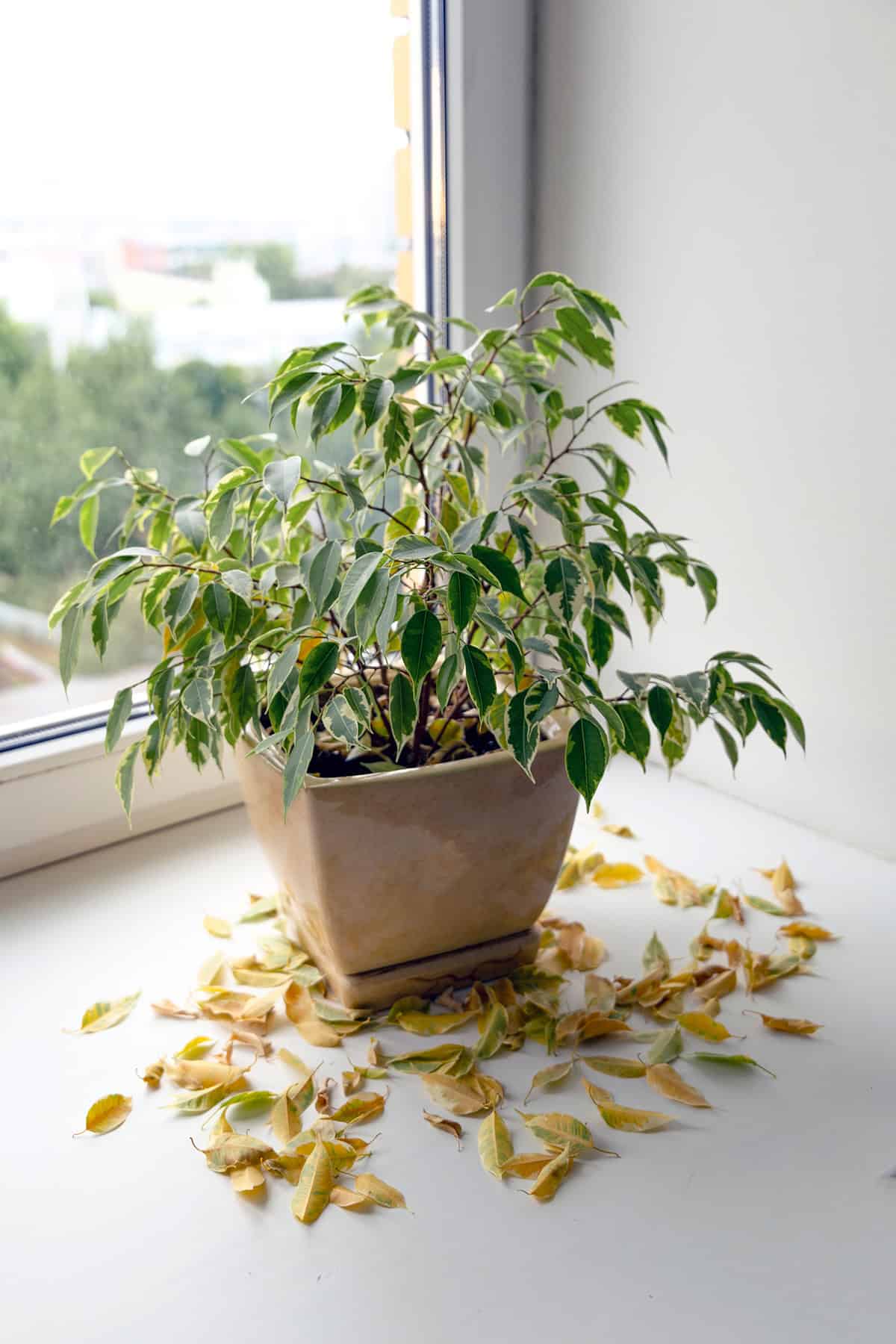
Brown leaf tips on houseplants often result from various environmental and care-related factors. Each cause has distinct symptoms and corrective measures, which you can address to ensure the health of your plants.
Underwatering
When plants do not receive enough water, brown leaf tips often appear. Dry, crispy edges can occur due to the soil not retaining sufficient moisture.
Check the soil regularly. If it’s dry a few inches below the surface, water the plant. Ensure the water reaches the roots effectively. Consider using a moisture meter to help monitor the soil condition. Remember that some plants need more frequent watering than others.
Overwatering
Too much water can cause root rot, leading to brown leaf tips as roots drown and can’t transport nutrients properly.
The soil might stay wet for too long. To prevent this, water only when the top inch of the soil is dry. Ensure pots have drainage holes. If necessary, repot the plant with fresh soil that promotes drainage. Overwatered plants might also benefit from reduced watering frequency.
Low Humidity
Low humidity is a common cause of brown leaf tips, especially for tropical plants. Dry air can affect leaf margins.
Increase humidity around the plant by using a room humidifier. Grouping plants together can also help maintain higher humidity levels. Alternatively, place a water tray with pebbles near the plant to create a humid microenvironment.
Salt Buildup in Soil
Accumulated salts from fertilizers and tap water can present as white or grey crusts on the soil surface or pot rim. These salts can damage roots and cause brown leaf tips.
Flush the soil with plenty of water to remove excess salts periodically. Consider using distilled or rainwater to avoid adding more salts. Avoid over-fertilizing, which contributes to buildup.
Nutrient Deficiency
Specific nutrients are vital for healthy leaves. Deficiencies can lead to brown tips.
For instance, a lack of potassium or magnesium may manifest in brown edges. Ensure you use a balanced fertilizer that provides essential nutrients. Regularly check plant health and look for signs of deficiencies. Adjust the fertilization regimen as needed to address specific deficiencies.
Excessive Fertilizer Use
Using too much fertilizer can harm plants, causing brown and scorched leaf tips.
Excessive nutrients may lead to salt buildup and toxic conditions. Apply fertilizer according to package instructions. Less is often more when it comes to fertilizing houseplants. Dilute the fertilizer solution to a weaker concentration to avoid burning the roots and leaves.
Improper Light Conditions
Exposure to too much direct sunlight can scorch leaf tips, while too little light can impair growth and health.
Identify the light requirements of your plant and position it accordingly. Use sheer curtains to diffuse excessive sunlight. Alternatively, consider grow lights if natural light is insufficient. Proper lighting prevents stress on plants that could lead to brown tips.
Pest Infestation
Insects such as spider mites and aphids can cause damage through feeding, leading to brown tips.
Inspect plants frequently for signs of pests. If you find any, treat them promptly with insecticidal soap or neem oil. Ensure you treat not only the pests but also monitor and rectify any care routines contributing to plant stress.
How to Fix Brown Leaf Tips
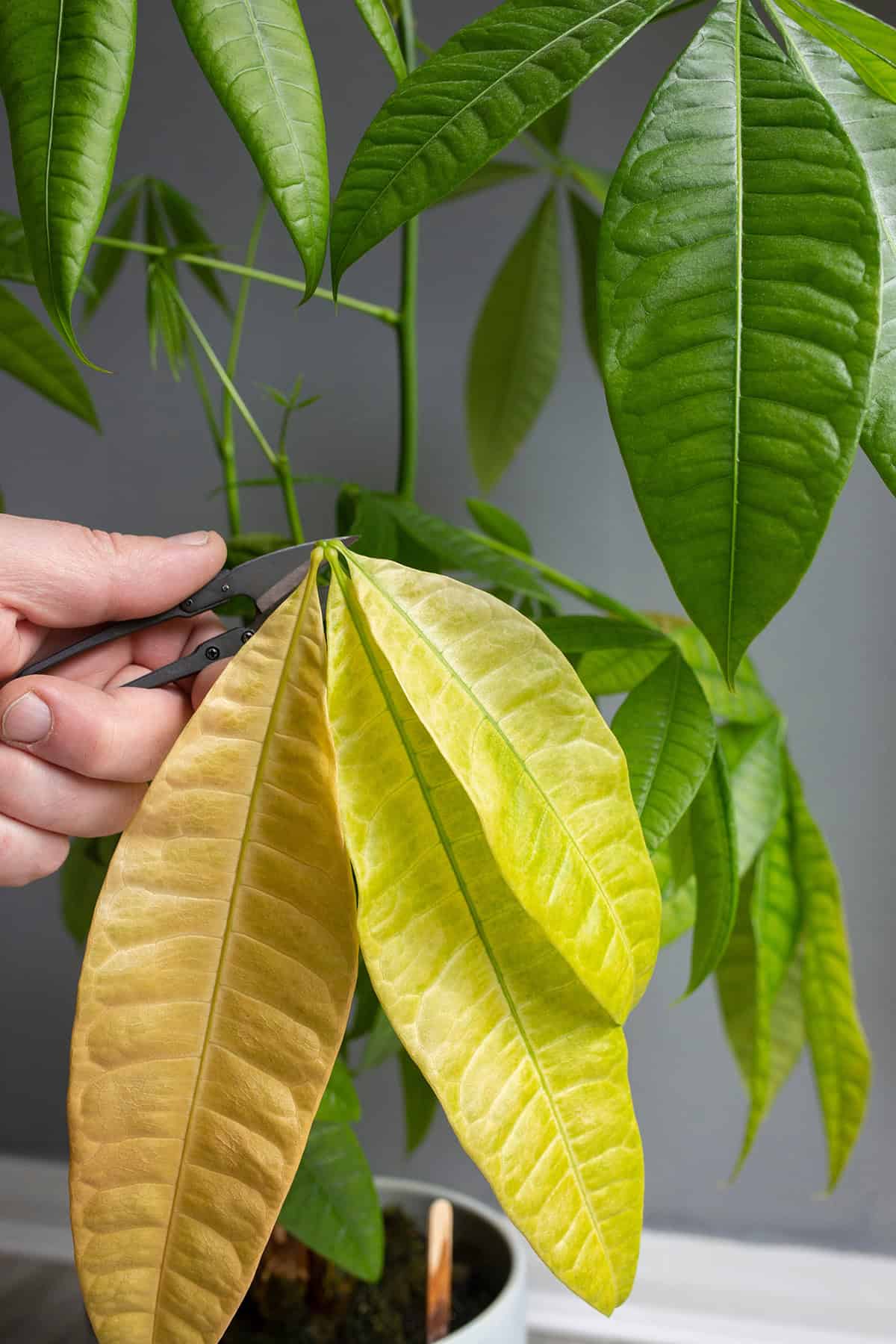
Addressing brown leaf tips on houseplants involves multiple steps. Proper watering, correct humidity levels, appropriate fertilization, and adequate light conditions are crucial. Here’s how you can tackle each aspect effectively.
Trim Affected Leaves
Begin by trimming the brown tips. Use sharp, clean scissors to cut off the damaged areas. Ensure you only remove the brown sections to avoid stressing the plant further. This not only improves the plant’s appearance but also stops further browning.
Dispose of the trimmed leaves properly. This prevents any potential spread of disease. Regularly check for new brown tips and trim them as needed.
Adjust Watering Schedule
Inconsistent watering can cause brown leaf tips. Water your houseplants consistently. Check the soil moisture level regularly. Avoid letting the soil dry out completely or staying overly wet.
Different plants have varying watering needs. Understand the specific requirements of your plant species. Adjust your watering schedule based on these needs to maintain optimal soil moisture.
Increase Humidity Levels
Low humidity is a common cause of brown leaf tips.
Indoor environments often have low humidity, especially during winter. Increase humidity by placing a humidifier near your plants. Alternatively, place a tray with water and pebbles under the plant pot.
Grouping plants together can also enhance humidity. Misting leaves is another option, though it might not be effective for all plants.
Flush Excess Salts from Soil
Excess salts from fertilizers can accumulate and cause brown tips. Flush the soil to remove these salts. Water the plant thoroughly until water drains out of the bottom. Repeat this process a few times.
Do this periodically to prevent salt buildup. Ensure the pot has good drainage to facilitate proper flushing.
Provide Balanced Fertilization
Ensure you are using the right amount of fertilizer. Too much fertilizer can harm your plants. Follow the recommended dosage for your specific plant.
Use a balanced, water-soluble fertilizer. Over-fertilization can lead to salt buildup, causing brown tips. Regular fertilization, according to the plant’s needs, promotes healthy growth.
Check and Adjust Light Conditions
Improper light conditions can also affect leaf tips. Ensure your plant is getting the correct amount of light. Some plants need bright, indirect light, while others thrive in low light.
Move the plant to a location with suitable lighting. Avoid direct sunlight if it’s not recommended for your plant species. Monitor the plant’s response to the new light conditions.
